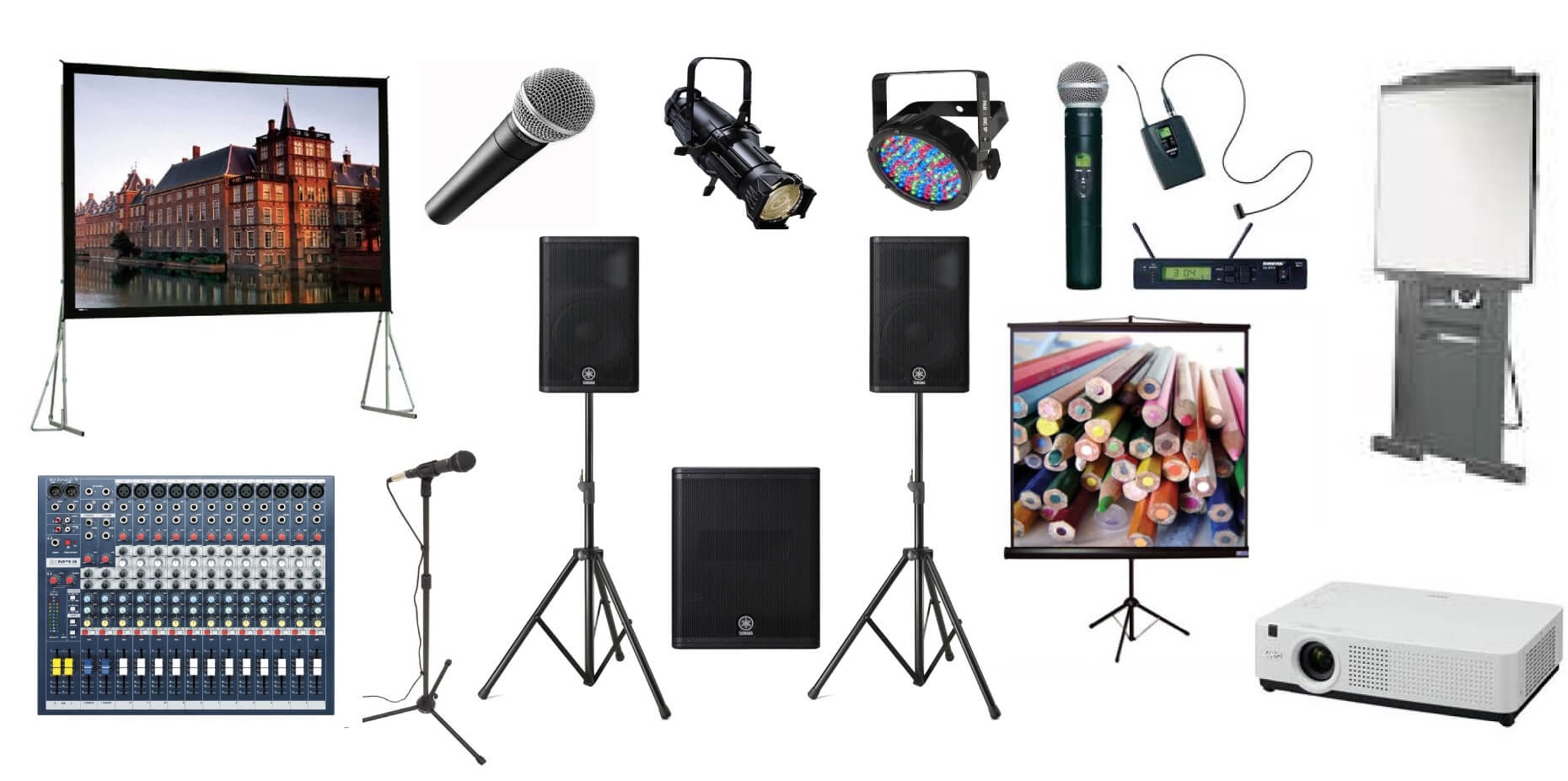Introduction
Audio-visual (AV) technology is crucial to a variety of applications in a world that is becoming more digital and linked. AV technology has assimilated into modern life, increasing everything from business presentations to spectacular film experiences in our living rooms. This article will examine the AV equipment industry, including its numerous types, uses, and important factors to take into account when choosing the best equipment for your requirements.
The Many Faces of AV Equipment
The term “audio-visual equipment” refers to a broad category of tools used to record, duplicate, and alter both audio and visual data. Typical AV equipment includes the following:
Projectors: These tools are frequently employed in presentations, home theater setups, and academic settings. High-definition displays and cutting-edge networking possibilities are features of contemporary projectors.
Screens: LED displays or projection screens are necessary for viewing visual content. They are available in a variety of shapes and sizes to fit a variety of spaces, including conference rooms, classrooms, and home theaters.
Webcams, DSLRs, and professional video cameras are all examples of cameras and camcorders. These tools capture photos and videos for a variety of uses, such as content creation, video conferencing, and surveillance.
Microphones and Audio Systems: For accurate sound reproduction, high-quality microphones and audio systems are essential. They are utilized in public address systems, recording studios, conference rooms, and live events.
Equipment for video conferencing has become more crucial as virtual meetings and remote work become more prevalent. This includes devices enabling seamless communication, such as cameras, microphones, and speaker systems.
A home theater system and a soundbar: Soundbars and home theater systems provide excellent audio quality for movies, music, and video games for immersive audio experiences.
See also A Beginner’s Guide to 6.5kW Solar Power System
Applications of AV Equipment
Applications for AV equipment are numerous and diverse, and they are always changing as technology progresses. Here are a few such use scenarios:
Education and Business: Presentation, training, lecture, and conference use of AV equipment improves interaction and participation.
Entertainment: Home theaters and gaming systems use AV gear to give movie buffs and gamers immersive experiences.
Live Events: AV equipment makes sure that live audiences enjoy a memorable experience at everything from sporting events to concerts.
Video cameras, microphones, and editing software are used by YouTubers, podcasters, and vloggers to create interesting material.
Healthcare: Telemedicine enables medical practitioners to perform distant consultations and diagnostics thanks to AV equipment.
Security: In order to maintain security in both residential and commercial settings, surveillance cameras and monitoring systems are crucial.
Choosing the Right AV Equipment
To get the intended outcomes, it’s essential to choose the appropriate AV equipment. When deciding, take these things into account:
Clearly state the equipment’s intended use. Is it intended for business presentations, personal enjoyment, content development, or some other use case?
Determine your financial limitations and order features in accordance with them.
Quality: Within your price range, look for equipment with the finest audio and visual quality.
Make sure the equipment is compatible with your current systems and devices.
User-Friendliness: This factor is crucial, especially for non-technical users.
Warranty and Support: For piece of mind, think about the warranty and post-purchase support options.
See also Things you need to know about Snowflake RBAC
Conclusion
Audiovisual technology is a necessary component of contemporary living, fulfilling a variety of functions in a variety of contexts. AV gear can revolutionize your audio and visual experiences, whether you’re upgrading business presentations, creating a home theater, or producing video for the internet. You may choose the ideal AV equipment to meet your demands and take your multimedia experiences to new levels by carefully evaluating your requirements while keeping the important variables in mind.




